Confronting the driver is a gate with an ‘accessible’ latch and a notice inviting Blue Badge holders to drive the 2km to the first birdwatching hide in this national nature reserve. The driver pulls up short, opens her door and manhandles a wheelchair from the rear of her car, then slides across into it, reassembling the sides. She wheels to the gate and opens it wide, hoping it will not swing closed again. She wheels back to her car, slides in and restows her wheelchair, then drives through the gate. Pulling up, she repeats all of the above in order to close the gate behind her.
Twenty minutes and a pint of sweat expended just to get past a barrier. Yet this actually happened on a well-known flagship nature reserve that cares enough about access for those with disabilities to provide ‘disabled’ toilets and allows those with mobility issues to drive closer to the action. Just imagine what it would like be if they didn’t care!
At another reserve, one local to me, there are some viewing spaces for cars overlooking a wader scrape. A small (bramble-covered) sign asks people to give priority to Blue Badge holders like myself. It also says not to park and wander off. I have twice pointed this out to able-bodied drivers – one moved away very courteously, while the other, who was walking off around the reserve, became abusive and threatening.
These are not isolated incidents. They happen all the time. There is no doubt that Britain’s increasingly urban public wants access to the countryside and to nature. Survey after survey shows it. But just how public is ‘public access’ really? To echo the recent political dictum: “public means public”, not “some” of the public, not “the fit and able” public, but all of the public.
One size fits all?
Around 65 million people live in the UK. About 15 million are children. More than 10 million are of pensionable age, and as many as 10 million, by some definitions, have a disability. At any given moment, there will also be people who are sick or injured. Even allowing for the fact that there is considerable crossover between these groups, one cannot avoid concluding that up to half of the country’s population could have largely unsatisfied needs for open-air access.
We are, like all creatures great and small, not designed uniformly. We’re not supermarket cartons. Humanity comes in a wide variety of shapes, sizes and levels of fitness. But provision of access to the countryside, and to nature reserves in particular, simply doesn’t reflect this. All too often, it is a question of one size fits all.
It’s easy to understand why provision of public access is so homogenous. Until a few decades ago, the vast majority of those who designed, constructed and administered features such as signs, fences, gates, stiles, footpaths, tracks, public toilets, hides and so on were fit young men.
Hardly surprising, then, that what you get is ‘one size fits all’, because that size happens to fit the provider. I always liken it to there only being a choice of either pink stilettos or size 10 wellies to wear in all conditions.
Not long after the idea was voiced that leisure facilities should be made available to the ‘disabled’, the phrase ‘wheelchair user’ became a de facto synonym. So, while making things accessible to people in wheelchairs has been a great leap forward, doing so actually caters for a very small proportion of those with mobility issues, let alone the wider world of infirmity.
For example, seven million Britons have significant hearing loss, yet loop systems seem to be confined to school and university auditoria, town hall chambers, hospitals and surgeries, cinemas, theatres and a few fast-food outlets. How often are they installed at nature reserves and country parks, even in the main visitor centres?
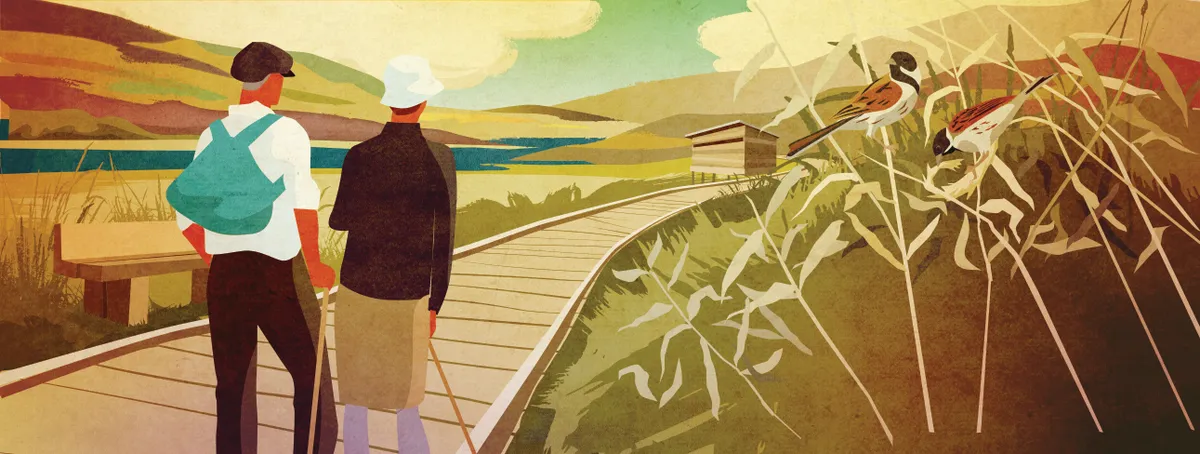
Society and accessibility
But let’s be clear on the basics first. I am assuming here that when we talk about disability we are basing the term on the so-called social model of disability. This in a nutshell, is the notion that the injury, disease or condition is not what is disabling, but society’s response to it. (You can find out more about the social model on the Scope website).
In other words, not being able to get into a particular building is not a result of having difficulty standing or walking, but instead is caused by there being too-narrow doors, flights of steps, lips, sills, narrow passages and all the rest. Society creates the problem by not introducing a variety of means of entry – that is, by failing to offer universally accessible provision.
Until recently, architects and builders also tended to be able-bodied blokes. Ever visited a medieval house and had to crouch to get through the door? Obviously, it is because it was built when the average citizen was shorter. So is the door too low, or are you too tall? Oddly, most of us would agree that the door is too low, but not that doors are too narrow for wheelchairs or that the viewing slots in wildlife-watching hides are too high for half the populace. It’s a curious way of thinking that bedevils us in all kinds of ways.
Before you assume that the problem is all do with local or central government bureaucracy, take a look at the clothes rails in most stores. Despite the fact that, apparently, more than a quarter of the population is now considered obese, Medium is a size that three-quarters of adult men would find too small. The average man needs something between Large and Extra-large in clothing sizes.
It’s the same story with women’s clothing. Many fashion stores have sizes 14 or 16 as their upper limit, when this is actually the mid-range for adult women in Britain. Design always lags behind need and even astute companies and brands take ages to cotton on to change.
Most people in our thankfully multi-cultural society recognise the richness of diversity. Sports fans in this country proved to be wonderfully enthusiastic supporters of the Paralympic Games in 2012 and 2016, so it’s high time that respect and access for the differently abled was also seen to be part of the spice of life, rather than a resented afterthought.
Catering for the mythical Mr and Mrs Average has unwittingly created barriers, whereas the ideal scenario is completely barrier-free access. (While we are at it, can we also start saying “accessible” not “disabled” when referring to parking, washrooms, auditoria, public transport and so on?)
I asked this magazine’s ever-popular columnist Chris Packham why access to the countryside for everyone was so important. “Aside from the obvious, in that everyone should be able to access everything, there is no substitute for real nature,” Chris told me. “Wildlife on television can instigate an interest, but it will never satisfy it in the way a personal encounter can. The waiting, the weather, the smell, the feel, the sense of a moment being ‘yours’… that’s what makes it special, and that’s why everyone needs it.”
Chris is right, of course: who would disagree? So what can we do about this sorry state of affairs?
Well, when it comes to public access to the countryside and the natural world, we must first question every barrier. Why is there a fence, stile, gate or steep incline? Frequently the answer will have something to do with agricultural use or conservation. But there are ways round every barrier.
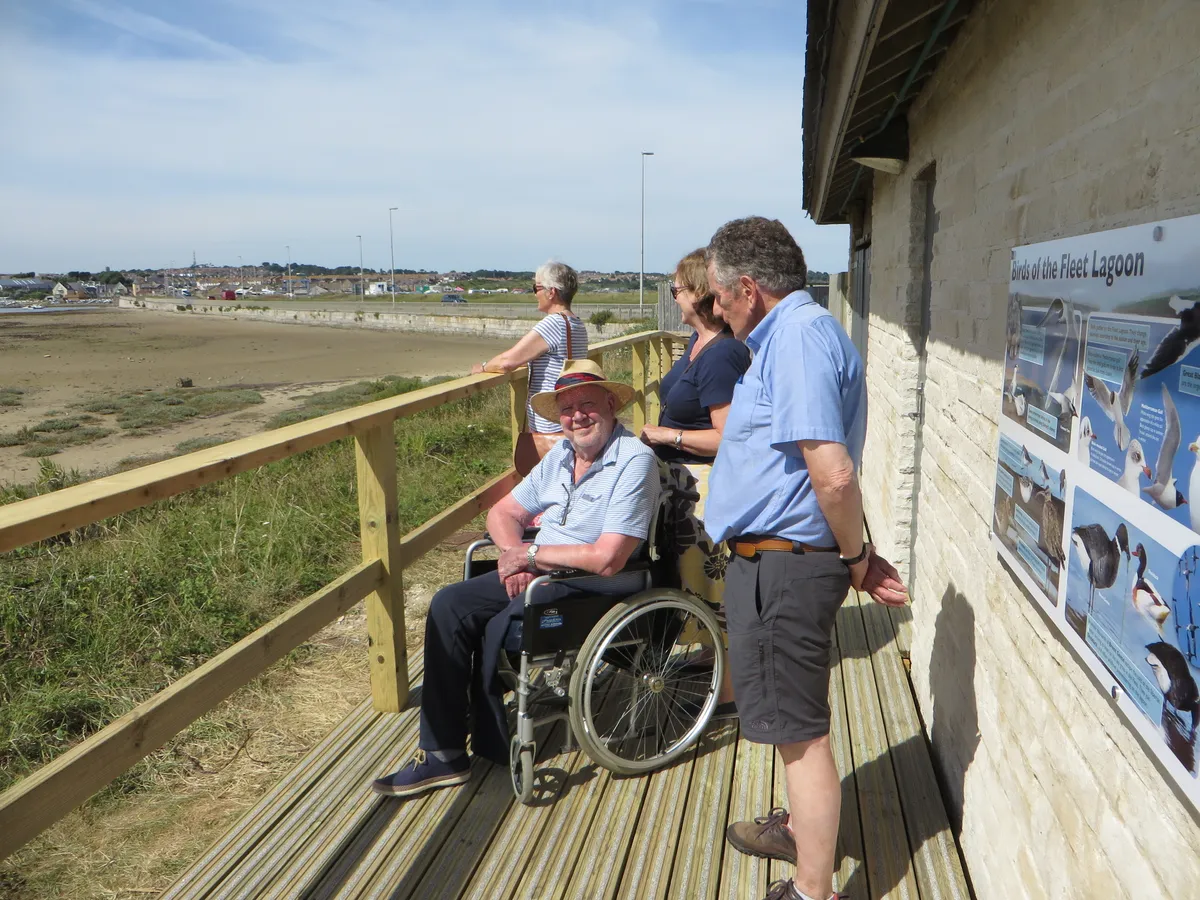
Better for everyone
Then there are the less obvious barriers. For the majority of people with mobility issues, things such as the gradient, surfaces and distance involved can all be problematic, so land-owners and managers need to look at how these can be improved. And don’t get me started on hides. Even today, many hides are only fully accessible to the minority.
Society will always follow tradition, no matter how outmoded it is. But we shouldn’t accept a situation at face value or tolerate it just because it has always been that way. Just think what Alex Moulton did for bicycles or what James Dyson did to vacuum cleaners. Redesigning from first principle rarely happens, but is a necessary response as materials, attitudes or knowledge move on.
I offer some practical solutions to get more people enjoying nature (below), but let me predicate those with an assurance that I don’t advocate anything that compromises conservation. Accessibility just requires forethought and good design. Not only is it nothing for conservationists to worry about, it is no more expensive if designed in. Like anything else in life, it’s cheaper to get right at the get-go and costlier to put right later.
Moreover, there is nothing one can do to improve access for those with disabilities that makes it any harder for the fully fit and able. Anything done is a bonus for the young, the elderly, pushchair users and the temporarily unwell. It simply makes things better for everyone.
As for me as an overweight birdwatcher who suffers from a common form of inflammatory arthritis called Ankylosing spondylitis, on my best days – with the wind behind me and my trusty ‘walker’ to hand – who knows what I might see?
Luckily, at one of my local nature reserves it happens to be just a 50m walk from a ‘disabled’ parking bay to a hide. Not only that, there are two evenly spaced benches on the way – perfect! Why can’t more of our reserves be like this?
How can we improve access to nature?
1
Add benches
I will stick my neck out: the single most effective way to enable the ‘silent majority’ to access reserves and country parks is to provide lots of simple benches. Many people can go further and see more if there are places to sit, or even just perch to recover energy or let stiff joints settle. Someone who can’t walk 200m at a stretch may be able to manage a 1km circuit if there are benches every 100m.
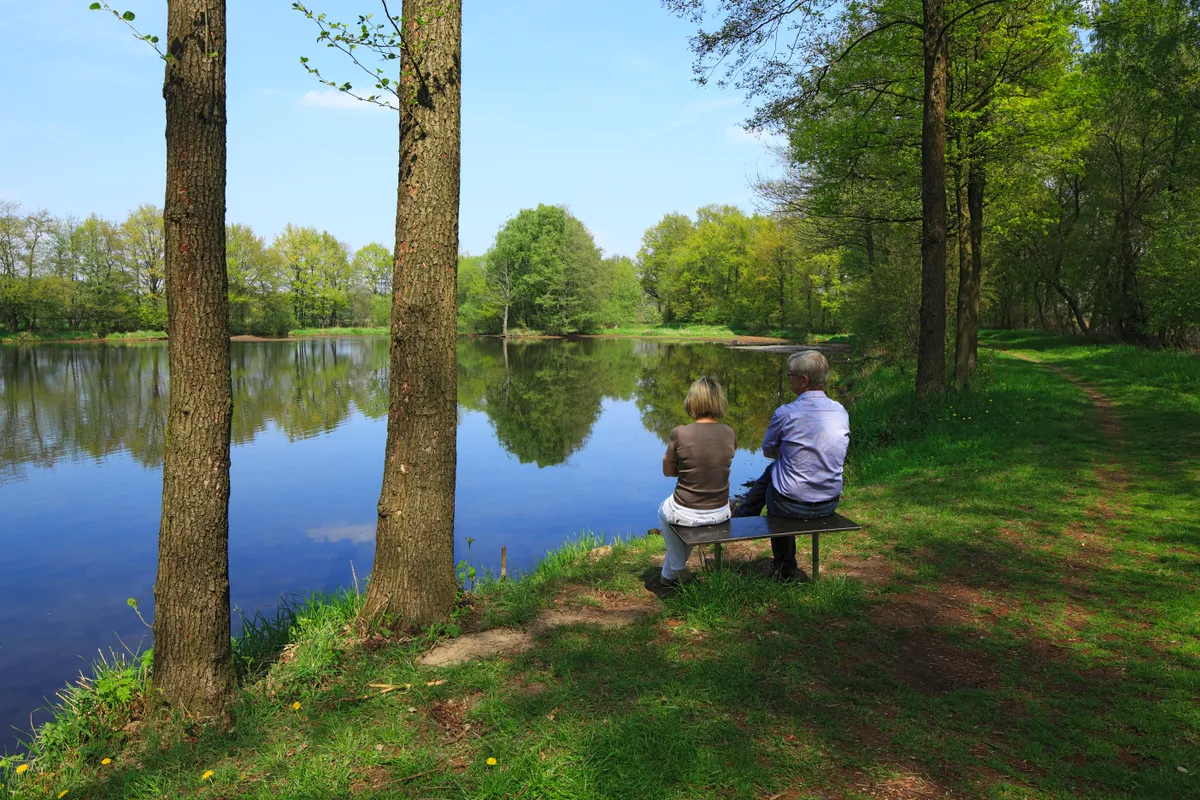
2
Build boardwalks
Gravel, shingle and sand are very real physical barriers to lots of people, yet are the surface of choice for paths on many reserves. Steep slopes also stop many of us in our tracks. Boardwalks are one easy solution – they lessen inclines, eliminate difficult surfaces and are environmentally low-impact.
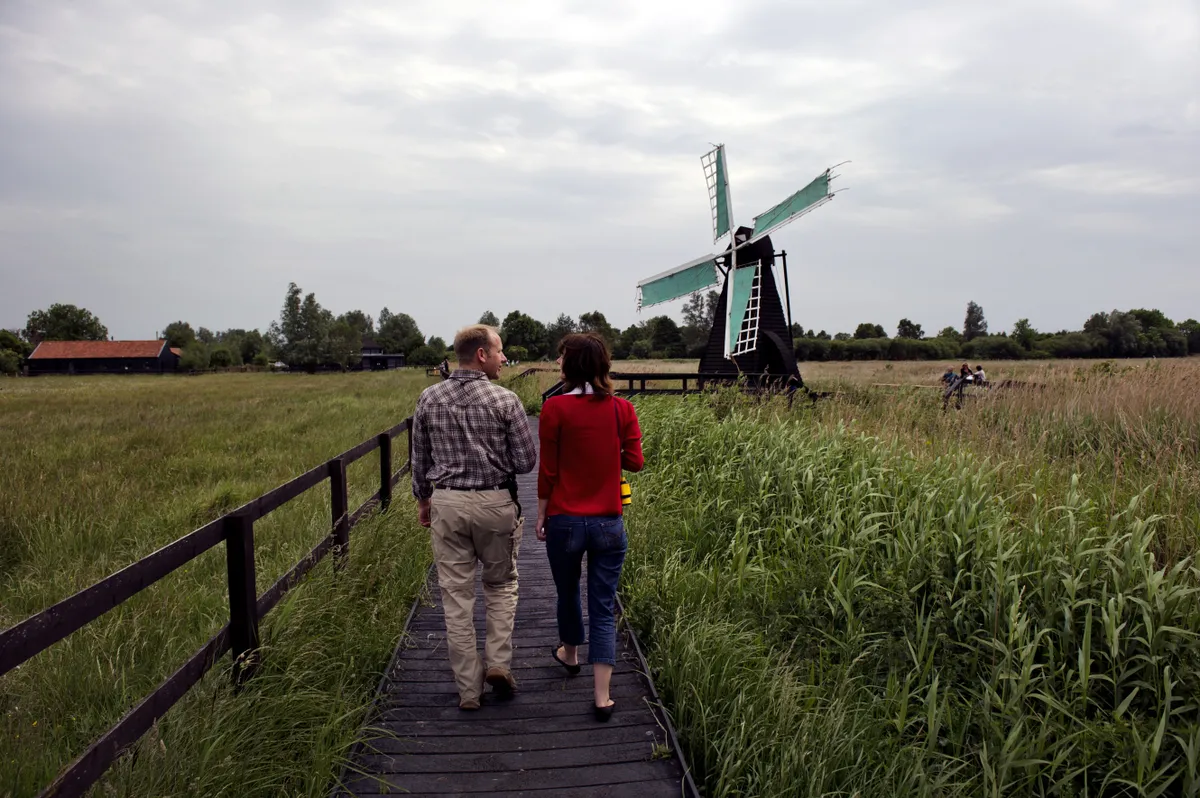
3
Remove barriers
Our nature reserves are stuffed full of gates, stiles and fences. Most able-bodied people don’t even notice them; they’re part of the landscape. But are they all necessary? Good design can solve many problems. Sometimes livestock does not actually need to be corralled. Often a gate can be replaced with a cattle-grid, and a stile with a wheelchair-friendly kissing gate. Where inappropriate use is the issue – such as keeping motorbikes out – then other solutions are needed that can stop a motorbike but allow access to wheelchairs and mobility scooters.
4
Design hides for better viewing
Why should youngsters, shorter people and the elderly have to put up with viewing slots too uncomfortable to reach because it’s ‘easier’ to make them all one size or height? And it’s even harder trying to do it from a wheelchair or mobility scooter. Unless we keep asking for variety, we won’t get it.
5
Provide mobility scooters
All-terrain mobility scooters don’t come cheap and it’s an unfortunate fact that many mobility-restricted people are pensioners and benefit claimants. Even those with deeper pockets find transporting these large scooters very difficult. However, there are growing numbers of pre-bookable scooters at nature reserves. Wouldn’t it be great if there was an organisation dedicated to funding more?
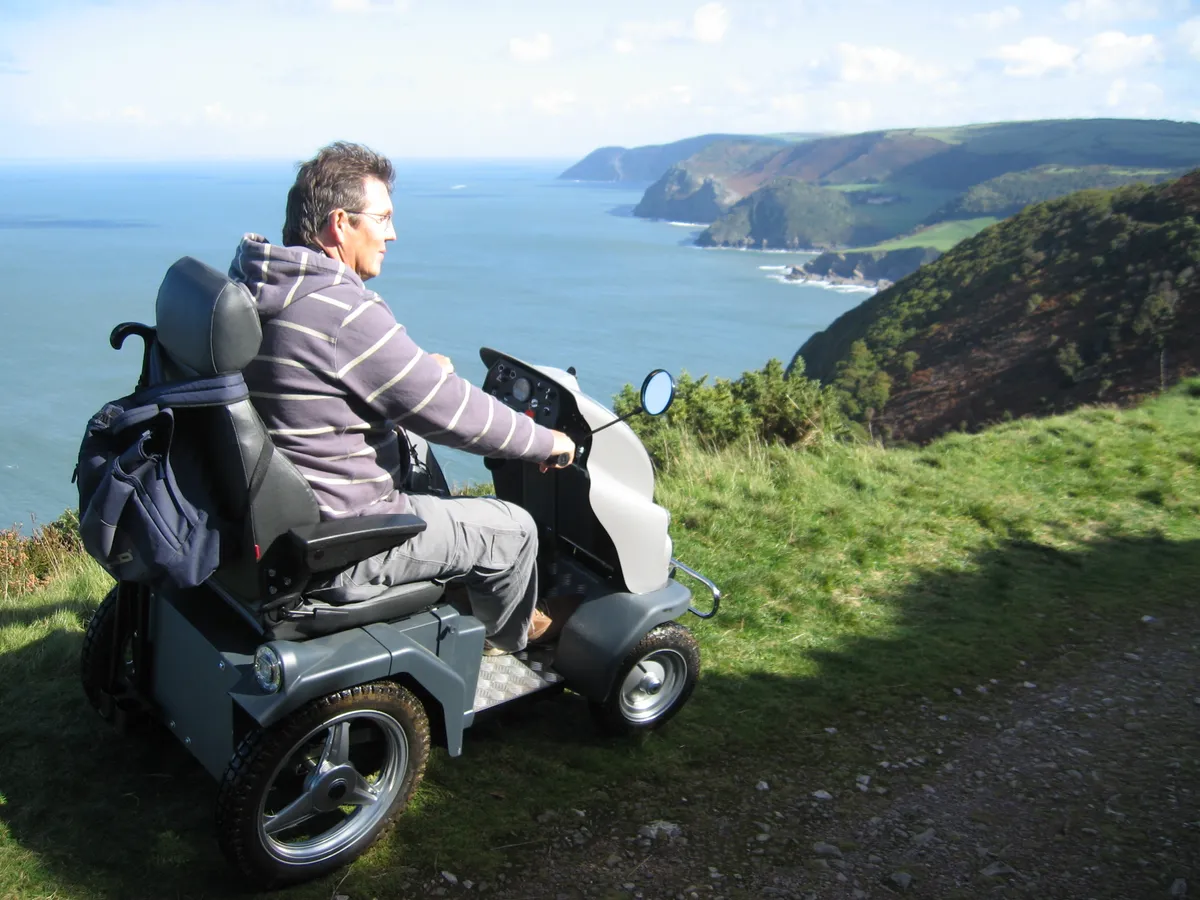
6
Change attitudes
One of the biggest barriers is the ‘holier-than-thou’ attitude of some people. If you don’t think this counts as a barrier, try driving along a nature-reserve track where Blue Badge holders are permitted. The dirty looks and stares one gets are as intimidating as stiles or stairs. Some excellent reserves have thought really hard about access – the problem is that help often has to be requested. If a wheelchair user has to ask for help, many will just not bother to go there again. Having to ask is an unnecessary barrier and can be off-putting.
Do something!
If you want to help get the ball rolling, nothing could help more than an assessment of your local nature reserve. It’s not hard and you can do it over a number of visits when you would be out enjoying the wildlife anyway. All you need is a form for guidance, a notebook and pen, your camera phone and a tape measure. For more details and to download a form, go to www.birdingforall.com/reserve-assessment.
Bo Beolens is a founder of Birding For All and blogs as the Grumpy Old Birder. He also runs the website www.fatbirder.com.